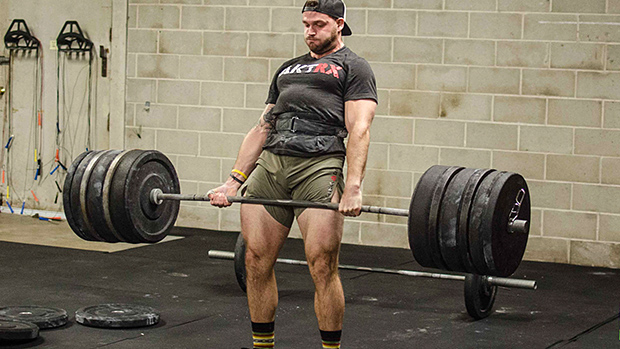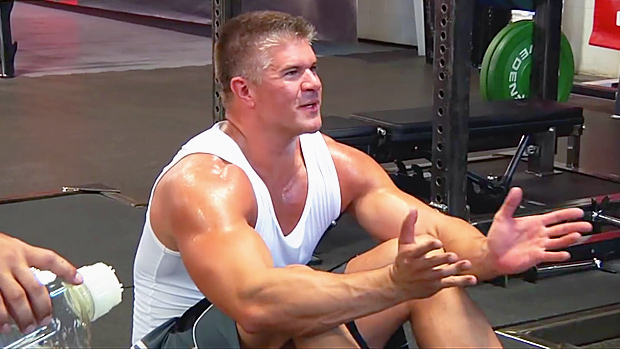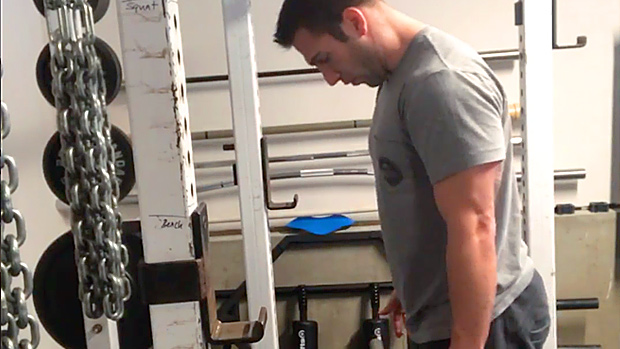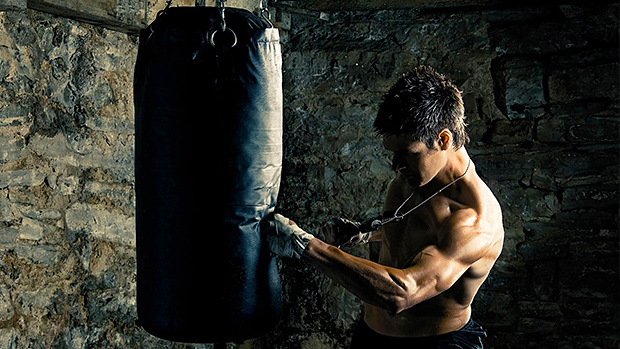The Real Purpose of Physical Challenges
A physical challenge is a test to give you some feedback about your current level of fitness. Challenges are NOT daily workouts. They're more like occasional checkpoints to see how your training program is working.
Don't forget, your training should revolve around consistent, progressive workouts that lead to a periodic challenge. You should love your training as much (or more) as the challenges that follow.
You may be looking for a little variety in your workouts, looking for a way to test yourself, or maybe just wanting to have a little fun. The challenges will do all three. But before you attempt to perform your first challenge, we need to cover four rules:
- Challenges are NOT to be performed randomly. These should be used after a block of training in order to see how you perform, not as your spur-of-the-moment Sunday gun day. Then once you get a score, train again for a period of time and retest. A period of time isn't a week either. Give it 6-8 weeks to be safe.
- Challenges are to be performed only after you're proficient at each exercise. If not, there's no real reward for the potential risks that you might be taking. So, if you need to build your bench, read the other articles here on T Nation about how to do it. Same goes for the deadlift, chin-up, or farmer's walk. Challenges test your body and mind once you've put in the work. If you haven't been doing these exercises regularly, don't start with the challenge, start with the training.
- Challenges are to be performed after a great warm-up. Not only can a lousy warm-up negatively impact your score, it can also lead to possible injury. The warm-up is the appetizer, the training is the meal, and the challenge is dessert. Don't eat dessert first!
- Challenges are to test you, not injure you. The training volume in each of these challenges is relatively low, and each challenge can and should be completed in 20 minutes or less. Some are 15 or even 10 minutes maximum.
My goal is to build a well-rounded athlete. The challenges will involve your whole body. So, if your chest and triceps game is strong and your core and legs are weak, you're going to be exposed. The great news? That's why these challenges exist! If you find an area of weakness from the following tests, you can attack those to improve.
Want to really test your bench press and chin-up? Try this! The goal is to perform the entire challenge with 20 unbroken sets. If you must rest, do so and complete the set.
How To Do It
- For the bench press portion, load the bar with your bodyweight. Do the chin-ups with no added weight or assistance.
- For the first set, perform 10 reps of chin-ups and 1 rep of bench press.
- On the second set, do 9 chin-ups and 2 reps of bench press.
- Continue the pattern until you reach 1 chin-up and 10 reps of bench press. You'll notice this always equals 11 reps total per superset.
So that's 55 reps of each exercise and the goal is to complete it in under 20 minutes. If you're unable to complete it in 20 minutes, stop and record your total number of reps and get back to training.
Notes: If you haven't been doing bench press or chin-ups, get proficient in the lifts until you can perform multiple sets of 10 of each. Until then, either skip this challenge, pick easier versions of the exercises, or start at a lower rep range. Have a spotter present on the bench press at all times.
Want to get in your "cardio?" Skip the treadmill and get in the squat rack instead. Use this strength training combo to lose fat and build muscle.
How To Do It
- Use 135 pounds on the front squat and 225 on the deadlift.
- Do 5 reps of each exercise in back-to-back superset fashion. Repeat the superset 8 times. Rest as much as you want, but remember the clock is ticking.
That's 80 total reps and 14,400 pounds in a short period of time. The goal is to complete the test in under 10 minutes. If you go over 10 minutes, stop there and record the total number of reps. Beat it next time.
Notes: Adjust the weights according to your level of fitness. If you haven't been training like this, cut the workout in half for a few weeks. Finally, make sure you use great form before worrying about adding either speed or intensity.
Don't worry, this one is just walking. Sort of. This one will really test your limits. If you don't know where your traps are, this challenge will be the best anatomy lesson.
How To Do It
- Get a pair of 32kg kettlebells, plus one 28kg and one 24kg kettlebell. If you need to use dumbbells, use two 70 pounders, one 60 pounder, and one 50 pounder. Get to an area where you can walk 40 yards without turning.
- Pick up the 32's and walk 40 yards down and back.
- Pick up the 28 in one hand and walk down and back with the empty arm up, switching hands at 40 yards.
- To complete the set, walk with the 24 in one hand overhead and the other arm up for 40 yards. Switch arms on the way back.
- Rest where you need to and repeat for 4 total "sets."
That's 960 yards, well over half a mile. The goal is to complete the test in under 15 minutes. If you go over 15 minutes, stop there and record the total distance covered.
Notes: If you haven't been doing these walks or positions, start lighter and with much shorter distances and more/longer rests. Simply put, be smart!





